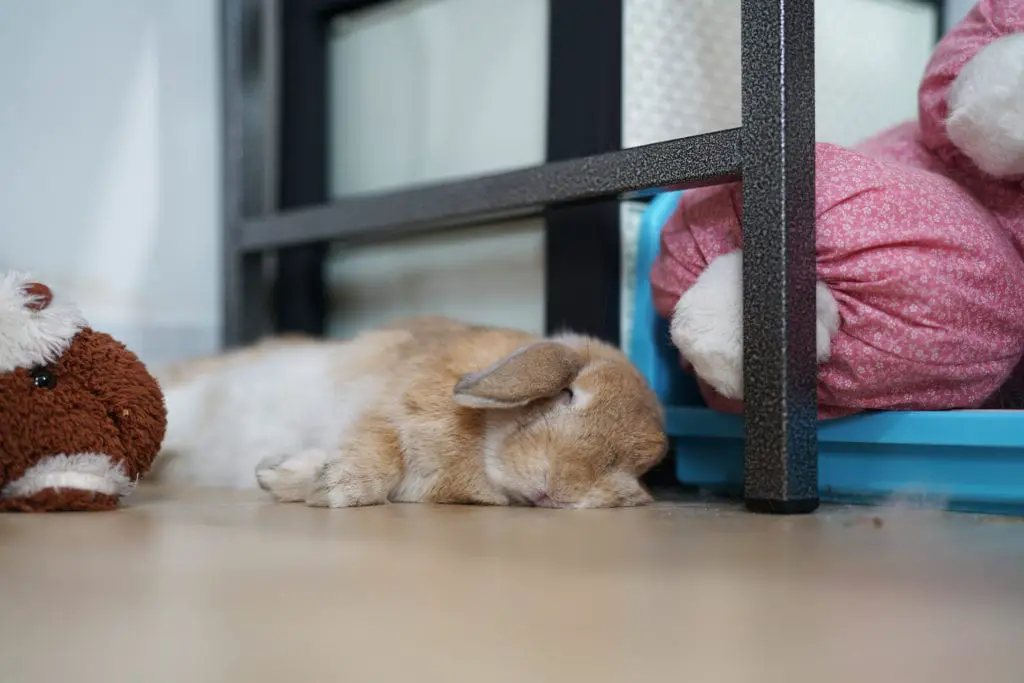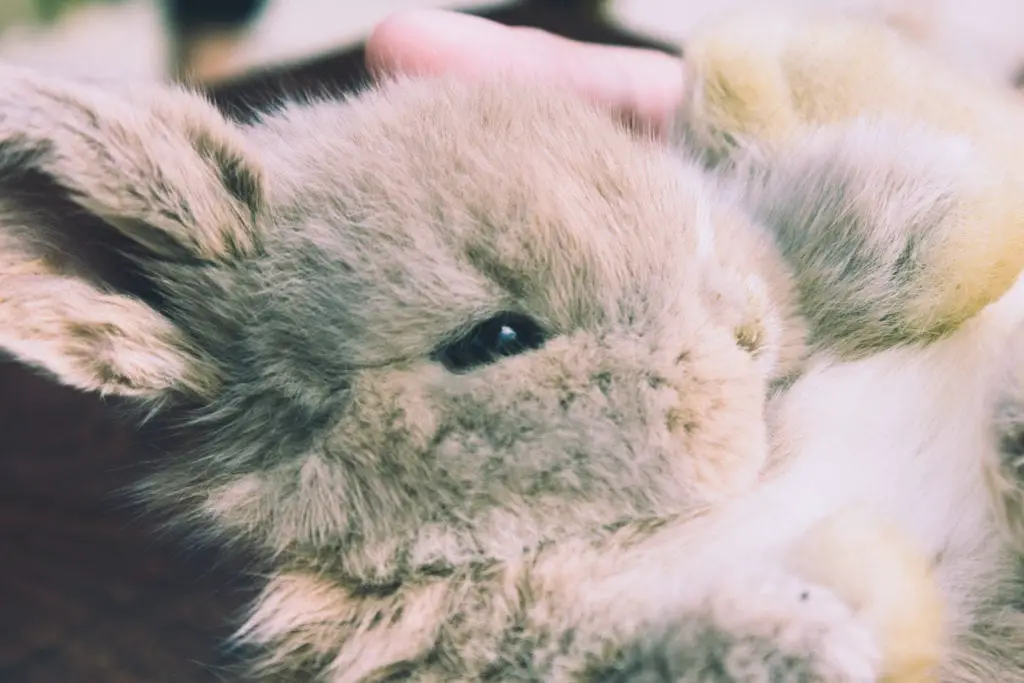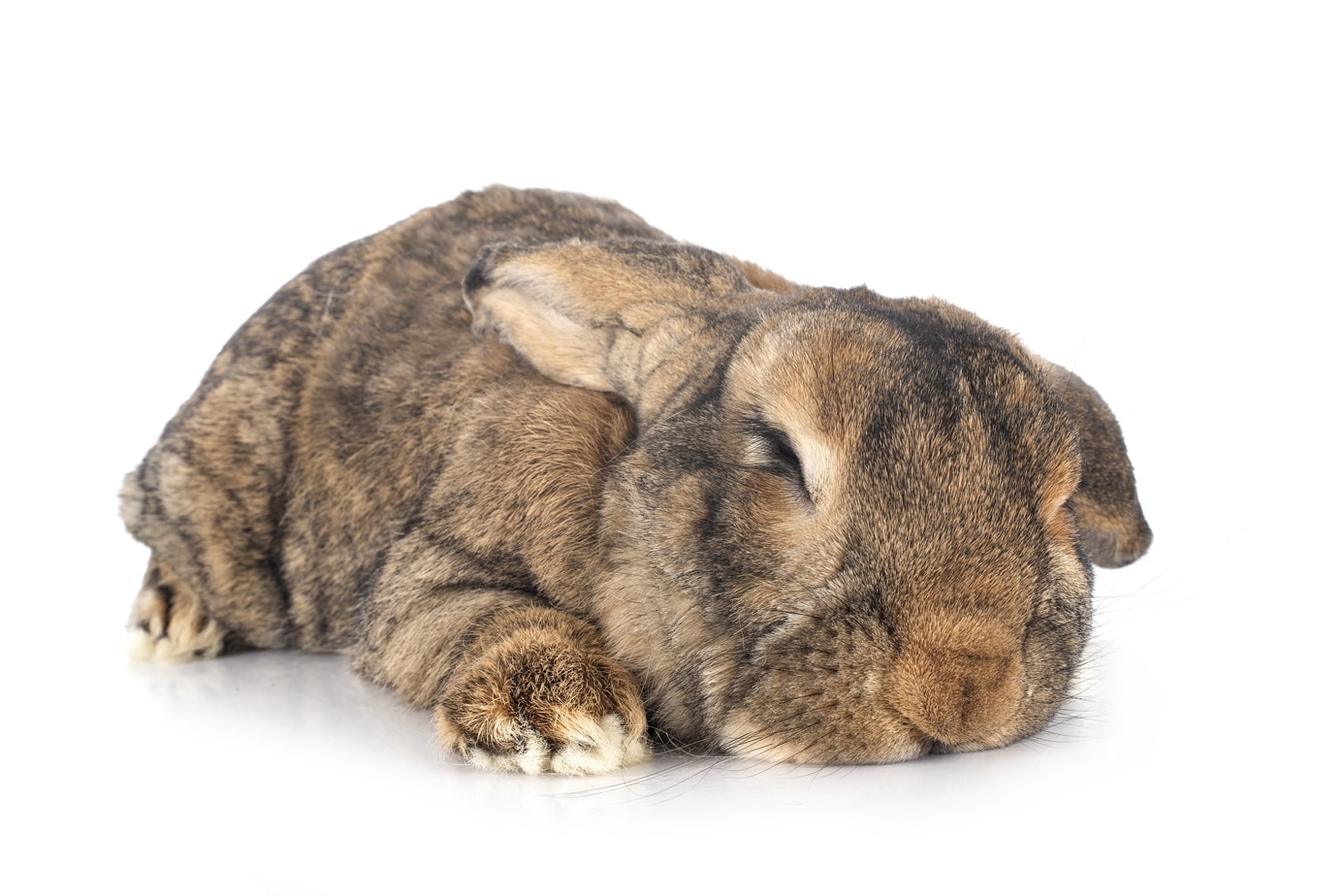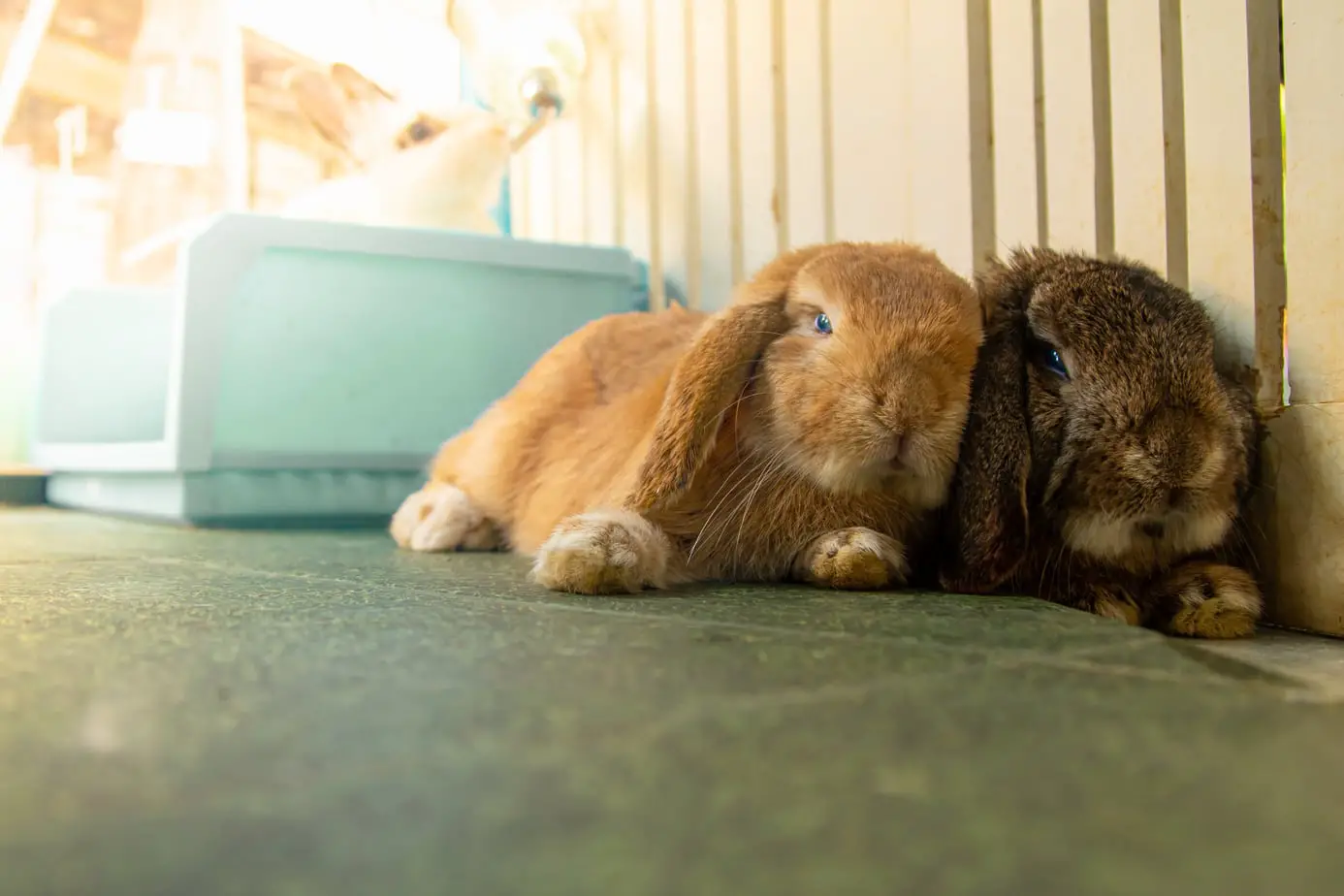
Does your rabbit not seem to be sleeping? If it does not seem to be, the instructions given below will be sure to fix that.
To help your rabbit sleep at night, ensure it is being kept on a regular sleep schedule, being provided with comfortable bedding, and has a proper and safe environment. Rabbits can oftentimes sleep with their eyes open, meaning they may be asleep even when their mannerisms seem to be awake.
Not sure if your rabbit is meeting his or her sleep requirements? Check out this article I wrote on How Much Sleep Pet Rabbits Need to get a detailed rundown on how much sleep a pet rabbit needs, including an hour-by-hour sleep schedule. This is something I wish someone would have told me when I first started keeping rabbits! – Laura Pierce
If your rabbit is unable to sleep try the tips below to try and find the best solution for your rabbits.
Why Your Rabbit May Not Seem to Be Sleeping

Ensure Your Rabbit Has Comfortable Bedding
Having comfortable bedding is crucial for your rabbit. In order to ensure your rabbit is sleeping an adequate amount, provide it with the best bedding possible.
After talking with many rabbit owners it was interesting to hear everyone’s different thoughts and opinions. Some said their rabbits would push the bedding out of the way so they could sleep directly on the bottom of the cage, while others said their rabbit would sleep quite comfortably in their bedding.
While it would be nice if there was a one size fits all answer for this, you might try testing a few different types of bedding out with your rabbit to see what they like the best.
When I did this with my rabbits (who lived in an outdoor hutch) I found that they preferred paper pellets the most.
Whatever you choose it shouldn’t be a material that is dusty or too hard, as it won’t be comfortable to lay on or breathe in.
Your rabbit is guaranteed to sleep better if it is given comfortable bedding. Below are some of the best beddings available for purchase.
| Name of Bedding | Amount | Description | Purchase From | Price |
| Kaytee Clean and Cozy Small Pet Bedding | 49.2 liters | Non-toxic, absorbent, and cotton. | amazon.com | See Price on Amazon |
| Carefresh Shavings Plus Small Animal Bedding | 69.4 liters | Odor control, sixty percent more absorbent than wood shavings, and can expand up to twice its volume. | chewy.com | $11.99 |
| Brytin All Natural Eco-Friendly Pelleted Rabbit Bedding | 40 LBs | Compostable, biodegradable, absorbent, and almost completely dust-free. | chewy.com | $26.99 |
Help Your Rabbit to Remain on a Sleep Schedule

The average rabbit should get six to eight hours of sleep daily. Rabbits are on a crepuscular sleep cycle, meaning they are most active at dawn and at dusk. Due to their natural sleep cycle, rabbits will sleep at night and during midday. It is not recommended to teach your rabbit to sleep the full eight hours during the night because it would challenge your rabbit’s natural circadian rhythm.
A rabbit’s crepuscular sleep cycle will cause your rabbit to be the most playful after the sunset, which is around six o’clock pm, or at sunrise, which is around seven o’clock am. Having a rabbit with this sleep schedule may be difficult with families who have young children who are asleep at this time.
Provide Your Rabbit With a Safe and Quiet Environment

Rabbits will be much more likely to get an adequate amount of sleep if they feel safe. Rabbits that feel safe and secure in their environment will feel as though they can relax. However, if they feel threatened or insecure, they will be more likely to keep an eye out.
Rabbits are prey animals so they feel the need to protect themselves by instinct. Rabbits that are kept outside at night are more vulnerable to predators such as coyotes. As they are more vulnerable, they may not feel safe enough to fall asleep.
If you notice your rabbit is not getting enough sleep, consider its environment. You may begin to question whether or not your rabbit feels safe within its environment. If there are identifiable factors that you think may be causing your rabbit distress, fix them immediately.
In addition to providing your rabbit with a safe environment, ensure it is also quiet. Loud noises may be keeping your rabbit awake or causing it to be fearful of its environment. Rabbits can easily become frightened by loud noises, making sleeping in loud environments nearly impossible.
Indoor rabbits
You might find that it is difficult to provide a truly quiet place for your rabbit to sleep, especially if there are a lot of humans living in your home. A good way to remedy this is to put them on the same sleep schedule that you are on. Or, if that isn’t feasible, allow them to sleep in a low trafficked area in the house.
As for your rabbit’s midday sleeping, they might have difficulty adjusting to normal house noise in the beginning but should be able to adapt and become comfortable sleeping once they are used to it.
Outdoor Rabbits
Rabbits who stay outside will most likely have a sleep pattern that lines up with the night and day. If you notice that your rabbits aren’t sleeping well at night, you might consider changing their location.
Although keeping rabbits outdoors is a controversial topic, with the proper care, you can have a happy and healthy rabbit! We have put together an all-inclusive article about How to Keep a Rabbit Outside: A Complete Guide to ensure your success!
Provide Your Rabbit With Enough Exercise
Exercise is a vital element in ensuring the health and happiness of your rabbit. Rabbits need an ample amount of exercise, and it is a great way to prevent them from getting restless at night.
It is recommended that rabbits get four hours of exercise daily. To allow your rabbit to exercise, purchase a playpen and allow your rabbit to play and exercise in it.
Rabbits can be taken on walks and played within a safe and contained area. This will provide an energy outlet for the rabbit, which will help it sleep.
One way our rabbits enjoyed exercise was playing on our trampoline. We would let them hop around on the trampoline while we stood around it so they wouldn’t hop or fall off.
Be creative, but always keep your pet’s health and safety in the front of your mind.
